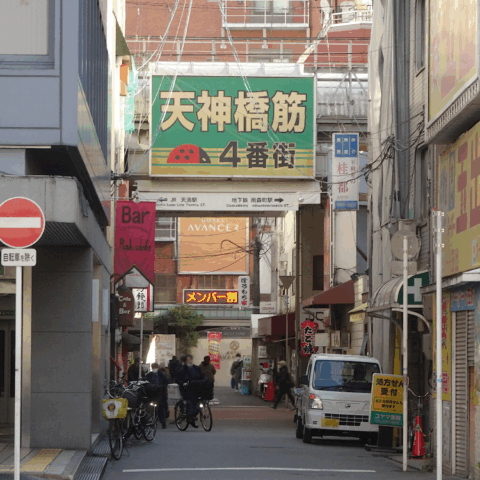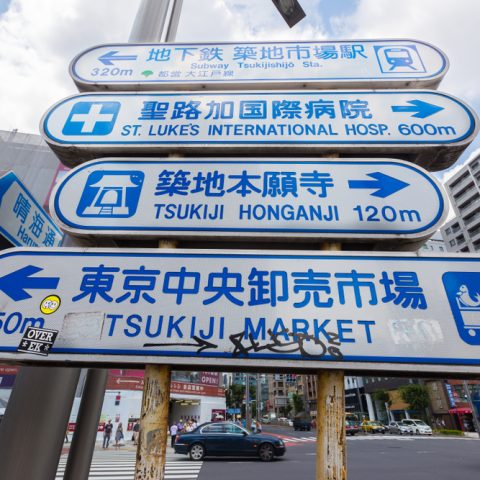
All about Japanese Knives – Shopping Guide Style
Knives. One of the top selling souvenirs people want from Japan. Japanese made knives come from a long history of sword making passed down generation to generation. These knives are skillfully handcrafted, beautiful, and highly specialized. Many of the artisans live and craft in the samurai city of Saki, originally a sword making city, and the steel is often sourced locally from Niigata and other industrial centers. Oh, did I mention how incredibly sharp they are? Each style of knife has a specific shape designed for a specific purpose. Knife styles and shapes originate from different regions of Japan. These knives sound really amazing, don’t they? How do you choose which one is right for you? Here is a quick guide to buying Japanese knives.
There are a few things to consider when shopping for knives.
1. First things first. How will you use it?
The type of knife you will need depends on your level of expertise in the kitchen and how you will use the knife. Any of the multipurpose knives are ideal for everyday meal prep. There are specialized knives for meats, fish, and vegetables as well. Think about what the knife will be used for most when choosing a style of knife.

2. Stainless Steel or Carbon Steel?
Japanese knives are usually made with stainless steel or carbon steel and sometimes both. If you are looking for a blade that is easy to clean and resist rust then stainless steel is better. Carbon steel rusts easily and needs more upkeep and cleaning. Carbon steel has a sharper edge and is easy to sharpen yourself. If you want the best of both you can go with a stainless-steel clad blade. The tip is carbon and the rest of the blade is coated with stainless steel, making it easier to maintain.
3. What do you want to spend?
Buying a Japanese knife is an investment. The quality and precision you are buying can last a lifetime or longer if taken care of well. These knives go for under $100 to over $500 and beyond.

Styles of Japanese Knives
Santoku – This is a multipurpose knife whose name means “three virtues” because it is used to cut fish, meat, and vegetables. It has a flat belly that makes for a comfortable up and down chopping motion rather than a rocking cut.
Gyutou – “Beef Knife”, is the Japanese equivalent to a European Chef’s knife. It is thinner and lighter, made with a harder steel, and has a sharper edge compared to its European counterpart. Although, the name suggest it is used for beef, it is truly multipurpose.
Usuba – A single edged vegetable knife originally from Tokyo. It is a precision cutting knife. It is the best tool for cutting this sheets or scrolls.
Nakiri – This the double edge Western version of the Usuba. It’s specialty is julienne, brunoise, allumette, and other precision vegetable cutting.
Sujihiki – This knife is categorized as a slicer. It has thin, hard steel, and the bevel on the blade is sharpened at a steep angle for a precise cut. The main purpose of this knife is filleting, carving.
Yanagi – This is an incredibly sharp, single edge slicer with a thin and elongated blade. It is used in a long drawing motion to cut effortlessly perfect slices of sushi, sashimi, and crudo.
Takobiki – Originating in the Kanto region (Tokyo), this slicer has a blunt tip instead of a pointed one like other slicers. It is used for sushi, sashimi, and crudo just like the Yanagi. Why a blunt tip? Rumor says that Tokyo Chefs prefer this knife because in Tokyo’s tight spaces, there is less distance between them and the customer. Therefore, the blunt tipped knife is a safer option.
Kiritsuke – Only used by the Executive Chef in restaurants due to its difficulty of use, this angled tip knife is a cross between a Usuba vegetable knife and Yanagi sushi slicer. Because of this combo it is for all-purpose use and sashimi.
Petty – A small paring knife for delicate work, like herbs and small fruits and vegetables.
Yo-deba– This heavy, durable butcher is used for butchering meat and fish. It has a 50/50/ balance so it can be used by left and right-handed people.
Menkiri – The blade of this knife is made especially for cutting noodles. It extends to the end of the knife handle to cover the width of the dough and sit flat against the cutting board.
Pankiri – The bread and baked goods knife. This is a ridged teeth blade used to cut through pastries without crushing them and to saw through hard crusts.

Great Places to look for knives on your visit to Japan:
One of Tokyo’s prime spots for knife shopping is Tsukiji. Tsukiji is home to 5 knife shops with a 150 year history and one shop with a 600-year old history as samurai sword makers. Nishiki Market in Kyoto is home to quality knife makers as well.
Join our Tsukiji food tour in Tokyo to discover more about Japanese Knives, while having a delicious 3-hour experience!
Catch a glimpse of our delicious, Tsukiji Market tour!



